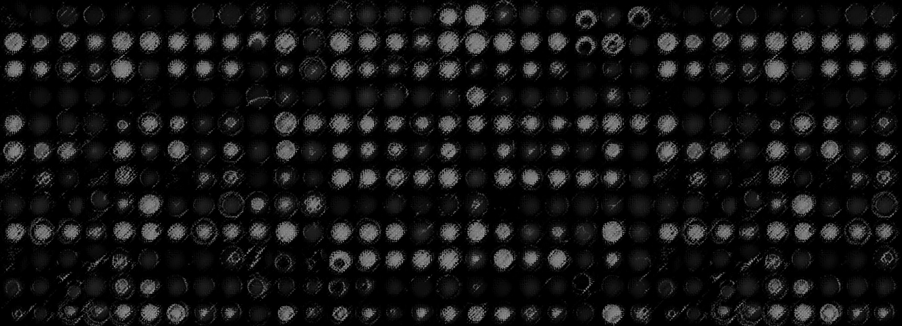When I was young, I thought I could derive the value of pi as follows. Imagine a badly drawn hexagon as below. Every hexagon is the combination of 12 right angled triangles like the one shown in red.
The following is known from trigonometry. If we extrapolate from a hexagon to a polygon of N sides, we get the following. Note that 2Nx/2r is the ratio of the hexagon’s perimeter to its ‘radius’. As N approaches infinity, the polygon approaches a circle and the value of 2Nx/2r should approach pi.
Using the same principle, you can also easily derive


